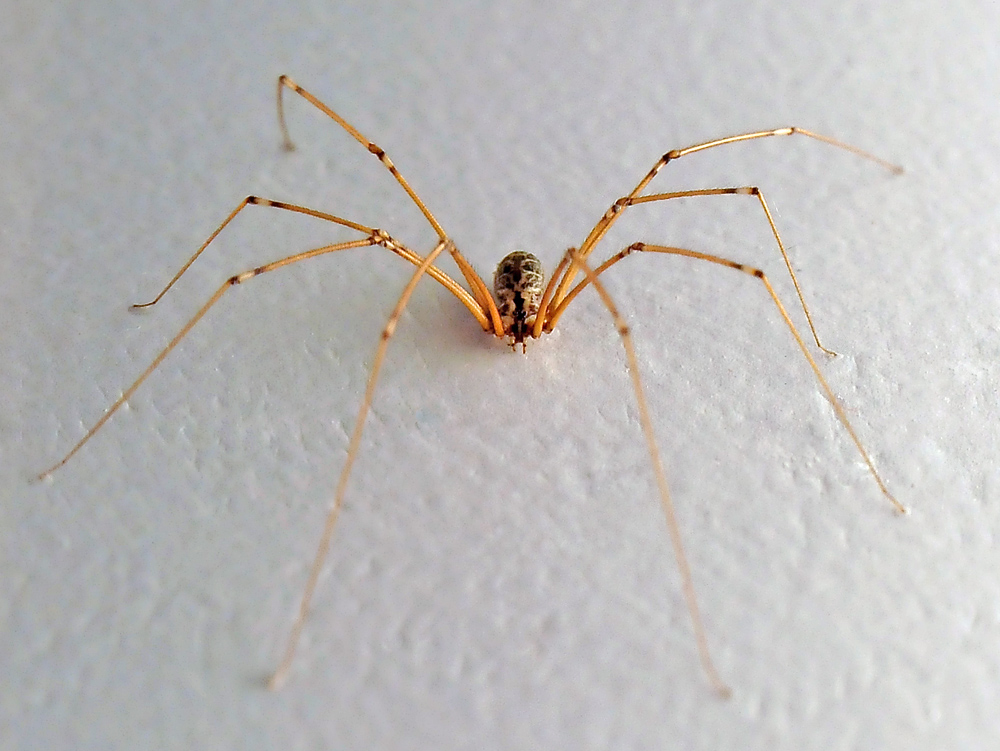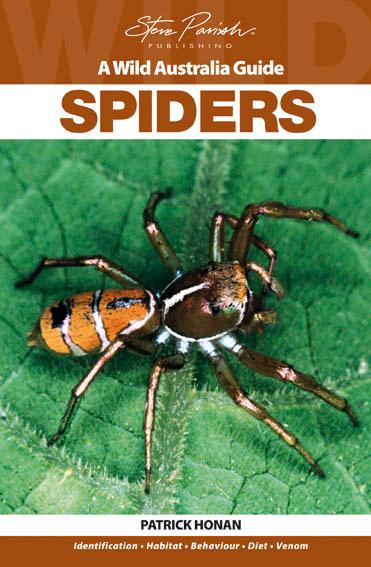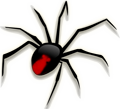
|
Daddy Long Legs Spider
Pholcidae family
Family: Pholcidae (Cellar Spiders, Daddy Long-Legs Spiders). Size: Body 2-10 mm in length with legs up to 50 mm Distribution: Habitat: References: About the Daddy Long Legs SpiderThere used to be a rumour that daddy long-legs spiders have the most toxic venom of all spiders, but their fangs are too weak to penetrate our skin. This has since been debunked on both counts - the TV show Mythbusters demonstrated that their fangs can bite through skin (though they really had to try), and their venom is quite weak acting, even on other insects. Perhaps partly due to this rumour, there was another rumour that if you ate a daddy long-legs spider you would die. This is even more false, as not only is the venom quite weak, but venom (which acts in the blood stream) is different to poison (which acts when ingested). Therefore eating even highly venomous spiders can be safe, though it would absolutely not be a good idea to deliberately try this out on living or dead spiders. Note that dead spiders usually fade in colour, so nearly all the spiders will look blacker or darker in colour in real life than they do in the photos of dead spiders from the museum.
Recommended ReadingSee Also
Australian Mammals Content is copyright © Survival.org.au 2005-2026 All Rights Reserved. Terms of Use. Definitely read the disclaimer before trying anything from this website, especially including the practices and skills. This website uses affiliate links – this doesn't cost you any more, but I get a commission on purchases made through the website. As an Amazon Associate I earn similarly from qualifying purchases. |





